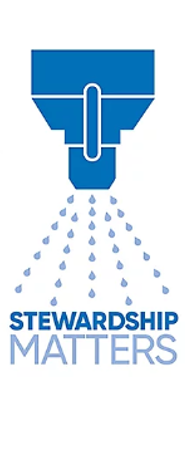Propyzamide stewardship

Oilseed rape is an integral part of the arable rotation, and a profitable break crop in Ireland.
Renowned herbicides such as Astrokerb® and Kerb® Flo contain propyzamide and are the cornerstones of many herbicide programmes. They are key to controlling grassweeds, especially blackgrass and ryegrass in oilseed rape, and with no known resistance, propyzamide can help manage and reduce the burden of these weeds across the rotation.
After a heavy rain event there is a risk of propyzamide attached to soil particles getting washed into surface water. Appropriate planning, management and adoption of stewardship practices must be followed to mitigate this risk.
Oilseed rape growers are urged to consider the actions they can take to protect watercourses.
Field selection, tramline placement and buffer zones can all play an important role in effective risk mitigation.


Email sign up
Receive the latest news from Corteva direct to your inbox throughout the season.
Sign up